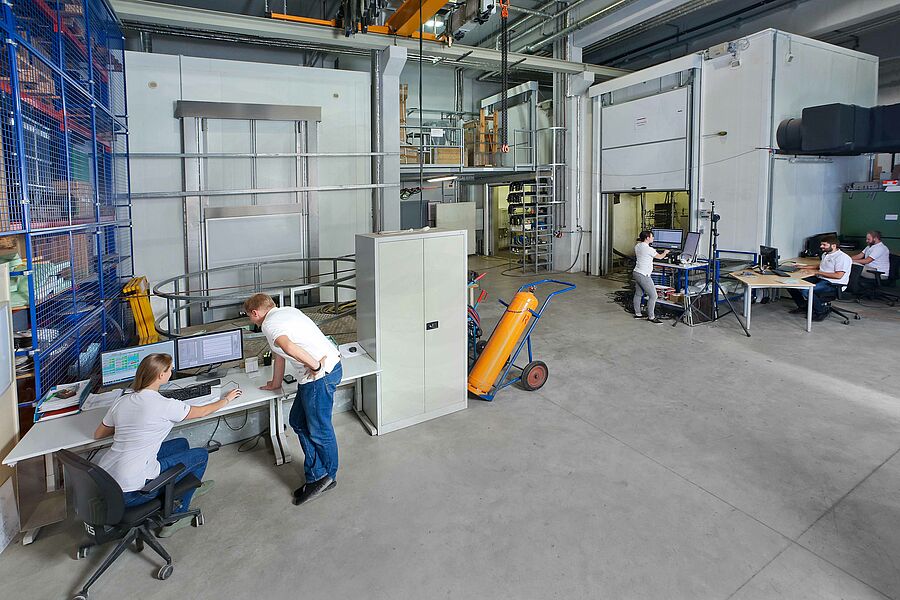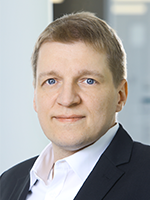Acoustic Optimisation Of Heat Pumps
The range of services includes acoustic characterization of heat pumps, development support and optimization, and scientific consulting.
Our services
- Location- and frequency-dependent measurement of sound pressure levels with the acoustic measurement dome
- Transient frequency-resolved measurement of sound power level and directionality
- Performance of measurements under different climatic conditions
- Sound source localization with the acoustic camera
- Vibration measurements and correlation with acoustic measurements
- Visualization of icing processes with image capturing and thermal camera
- Transient weight determination of icing heat pump components
- Supporting fluidic investigations with particle image velocimetry (PIV) and hot wire anemometry (CTA) as well as numerical flow simulation (CFD)
Our work
Sound pressure and power level determination
The acoustic measurement dome allows the positioning of up to 64 microphones around the heat pump in a climate chamber. The data can be recorded over several cycles of the heat pump so that a time-, frequency-, and direction-dependent analysis of the sound field is possible. A comparison of different insulation materials, components or control strategies can be realized directly and easily with this system.
Sound source localization
For the frequency-resolved localization of sound sources, an acoustic camera is available, which can be combined with a thermal camera. This system allows the quantification of acoustic sources on the surface and inside the heat pump depending on their position in the frequency band.
Vibration measurements
Measurements can be made simultaneously with multiple microphone signals (to measure sound pressure levels) and a hot-wire probe (to measure flow velocity and flow turbulence). This allows correlation of vibration, sound pressure and flow turbulence levels.



![[Translate to English:] Akustische Optimierung Von Wärmepumpen [Translate to English:] Schallbild einer Wärmepumpe](/fileadmin/_processed_/9/c/csm_Green_Heat_Pump_AIT-4878_01_1_1798340454.png)
